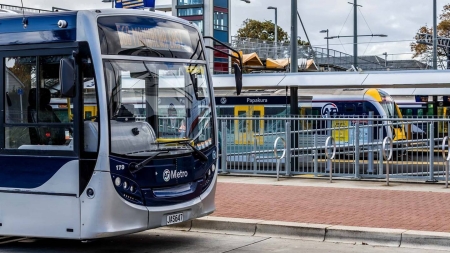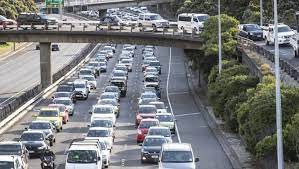Opinion - When I was studying at Otago University in the mid 1980's, under a NZ Railways internship scholarship, I was posted during the summer months to various Inspectors of Permanent Way (IP Way) / Foreman of Works offices in rural Otago and Southland. I worked at Ranfurly on the Otago Central line and Oamaru, Dunedin and Invercargill on the Main South Line.
What struck me as a cadet was the ingenuity and resilience of the Gangers, Surfacemen, Bridge Inspectors and the Inspectors in making do with what they had to keep the railway running - a bit of the good old fashioned Kiwi make do (Sometimes known as the “Number Eight Fencing Wire” mentality).
A Ganger might ring me up for me to tell the boss that he had discovered a near broken rail at say the 580Km peg and that he needed to cut out the old section of rail and source a bit of rail lying around beside the track somewhere that would fit and flush butt weld it back into position. In this way we kept the trains running - but it was a rough and ready approach to keep lines open for trains to pass, often under speed restriction.
Fast forward thirty something years later and the below article shows that this sort of approach still happens on our railway in NZ and helps explain in a story telling narrative on why the old railway in New Zealand is the way it is, In many cases it is a patch quilt of rail sitting on substandard sleepers, ballast and formation with poor drainage that whilst suitable to keep a basic freight railway running doesn’t meet the aspirational needs of a modern passenger rail network for New Zealand.
The article here: Waikato Times: News from Waikato | Stuff Ltd : is well worth a read but also serves as a timely reminder to demonstrate just how challenging it will be to get our nations railway to any where near a state where it can handle relevant faster passenger trains outside of our two Metro network areas.
Essentially New Zealand has two railways - the Metro railways of Auckland and Wellington, which are being upgraded to what should pass for a modern railway, and a freight railway outside of these areas.
Make no mistake it is an enormous piece of work to turn our national network into the standard seen in other nations where inter-regional passenger trains of reasonable speed that are frequent and reliable (and I am not talking higher speed rail here just normal quality modern passenger rail standard). Are we up for the challenge? Is the industry up for it? Can we put up with the patch quilt of our network that keeps our steel wheels rolling across our country for freight? Something has to change!
Simply put the network is not in a state that many of our well-meaning rail supporters would wish it to be to run a national passenger railway – As I said, essentially it is a slower Freight Railway (outside of Auckland and Wellington) where a few passenger trains run without the type of resilience that one would expect from a modern railway. The investment to get us where we want to be will be huge, but it is one the nation should closely examine.
The least we should do is to start with those corridors with the highest chance of success - that being the Golden Triangle between Auckland Hamilton and Tauranga and the Lower North Island Wellington to Palmerston North. Even doing these networks will take significant commitment, mettle, perseverance and investment. These areas could serve as a spring board for other network expansion over time but it will be a formidable long journey for our railways staff and nations people to get us anywhere near to what people expect from a modern progressive national passenger railway.
I also last week talked to Stuff NZ about some of these challenges and my thoughts were published in the Sunday Star Times can be found in this article here: Business | Waikato Times newspaper | Stuff Ltd
An opinion by Michael van Drogenbroek a Transport Consultant/Advisor at Heriot-Edievale Ltd with 30 plus years’ experience. Currently, he is working with various clients on rail, public transport, and freight development projects both in New Zealand and overseas jurisdictions including the Middle East.
For further information concerning the points raised in this opinion -



